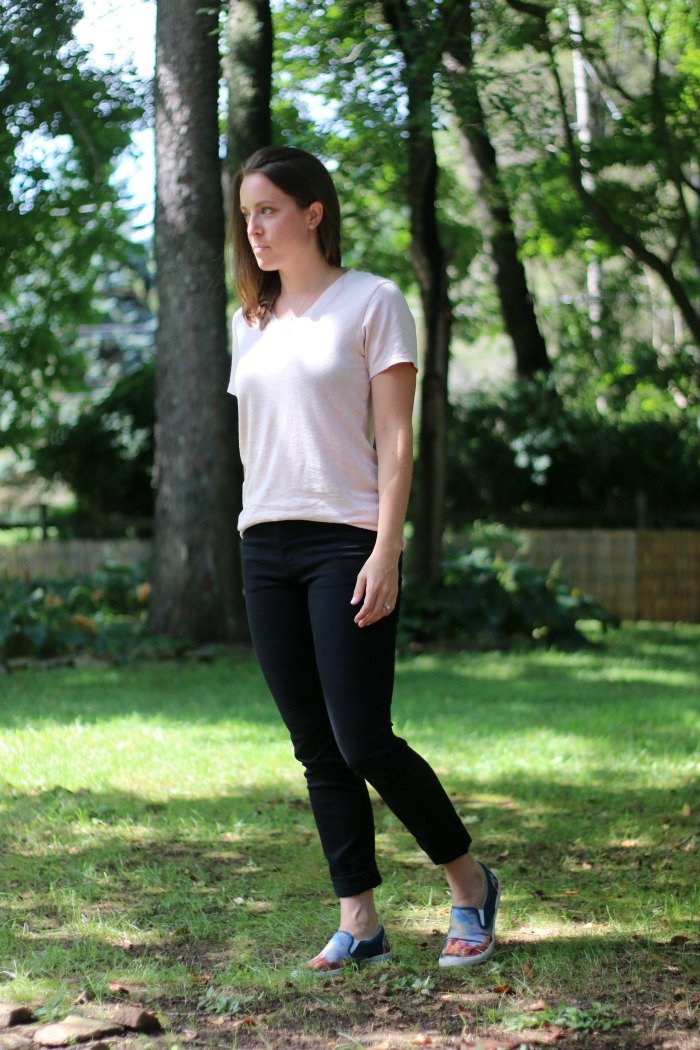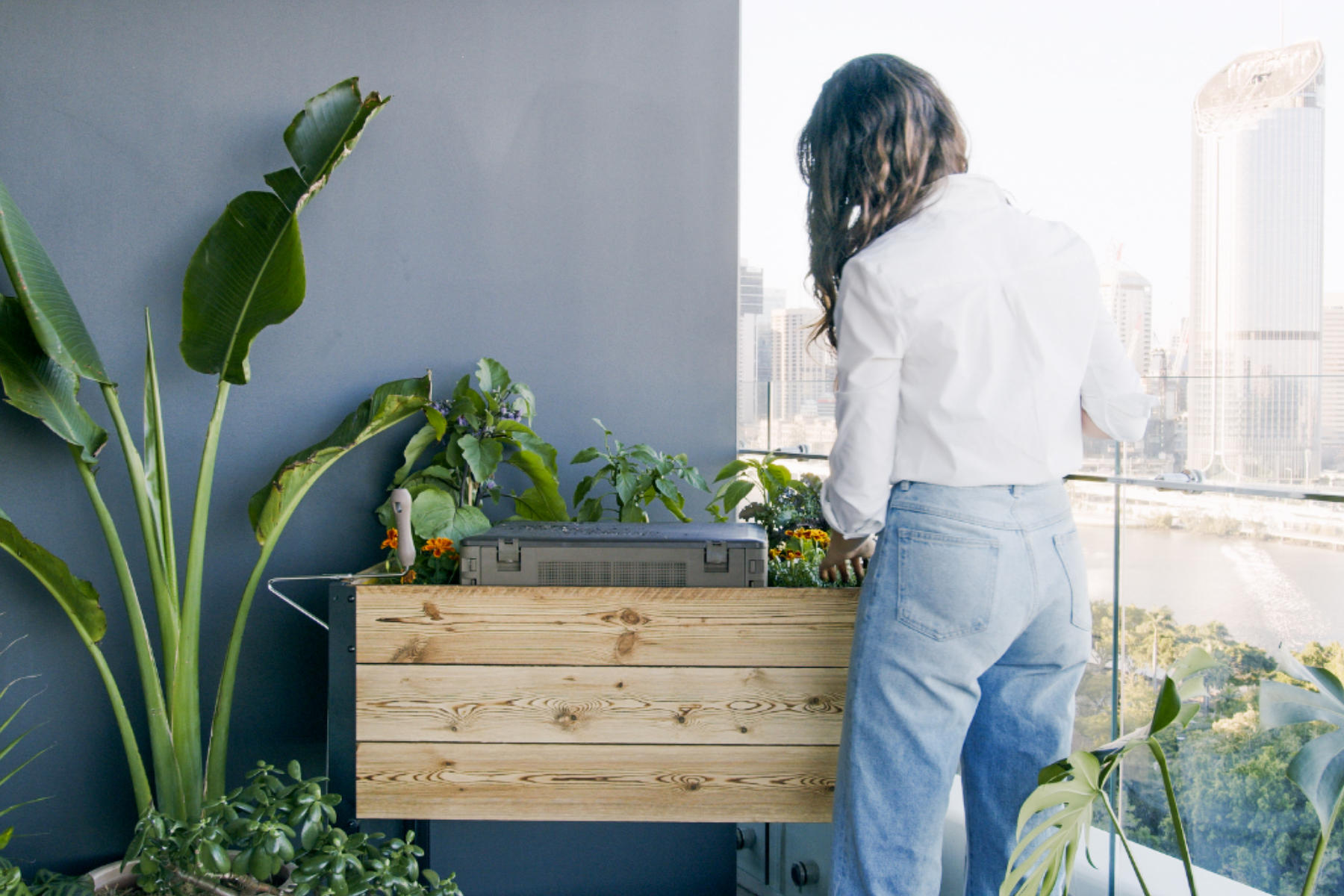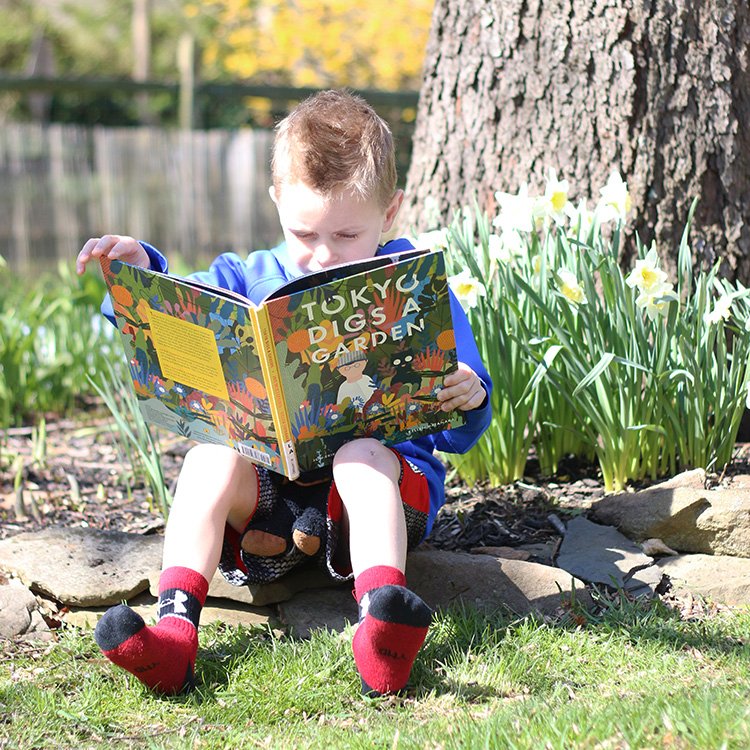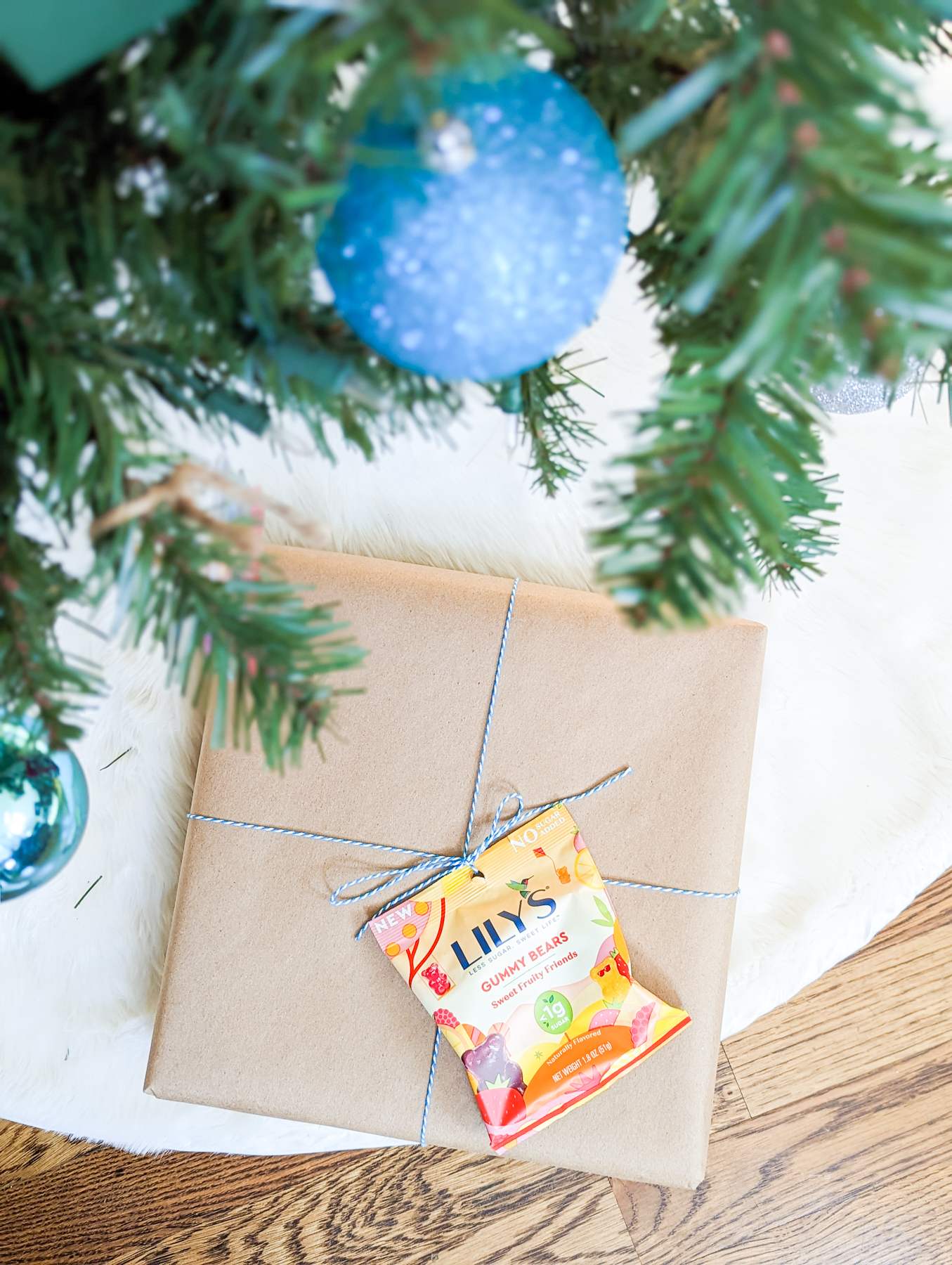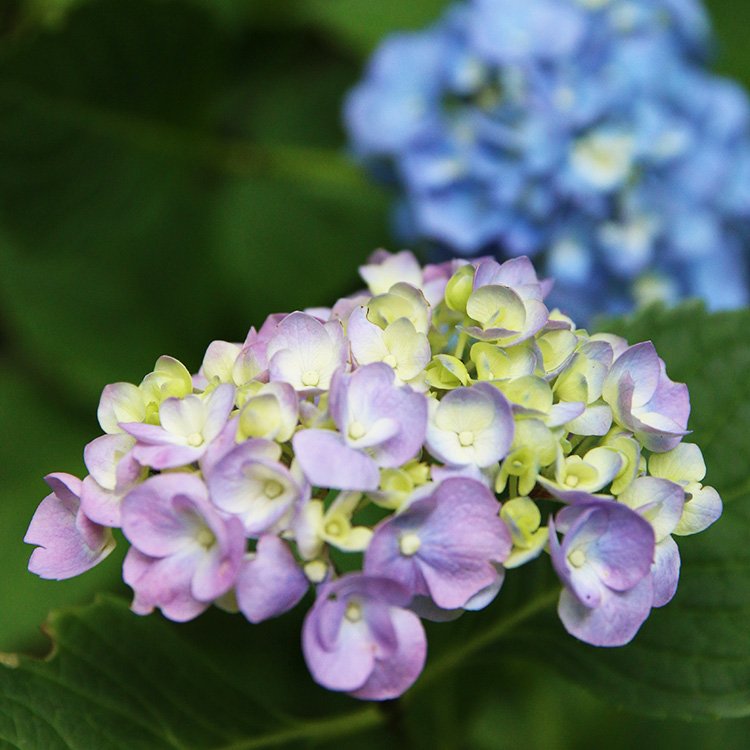Do You Need to Water Your Compost Pile?
Are you looking at your compost pile and wondering if you need to water it? The short answer is… it depends. Let’s dive into and find out if you need to water your compost pile.
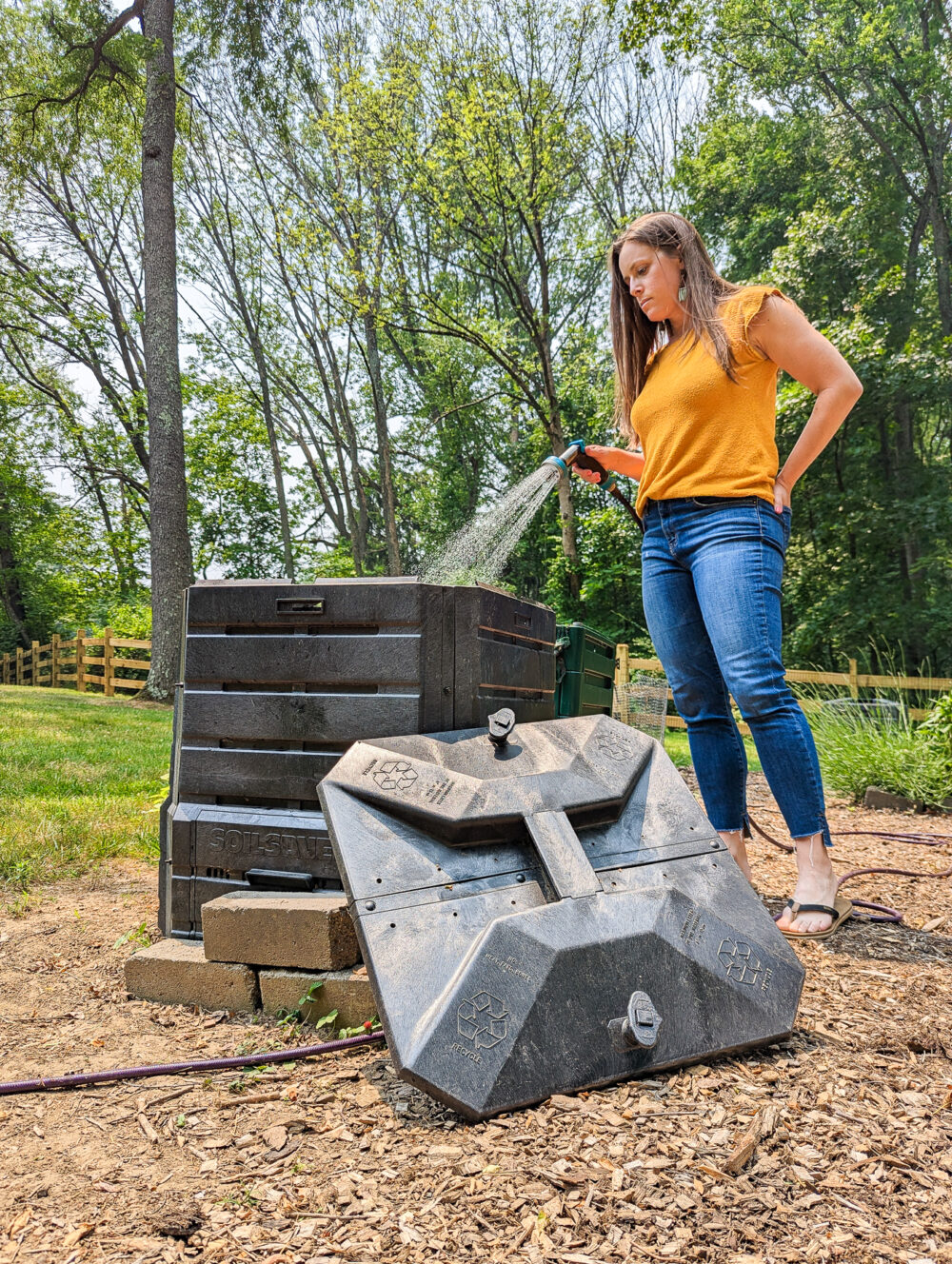
A thriving compost bin is a busy place; it’s a whole ecosystem unto itself. And like any ecosystem, it needs to be a balanced one. Just like your plants need water from time to time, your compost pile could benefit from a sprinkle too. But be sure you don’t overwater it. Before you grab that thrifted watering can or eco-friendly garden hose, let’s break it down and demystify this compost watering conundrum.
Why Water Matters in a Compost Pile
Think of your compost pile as a bustling community of microorganisms, worms, and insects, all working together to break down your kitchen scraps and yard waste into that glorious dark, crumbly humus. Just like other living beings, these composting champions need the right amount of water to thrive.
Water helps substances move around within the pile and makes nutrients in organic material accessible to the microbes. It also ensures that all the worms and other critters have plenty of moisture to stay hydrated and thrive.
The Goldilocks Rule: Not Too Wet, Not Too Dry
Maintaining the right moisture level in a healthy compost pile is the key. Too much water can lead to a soggy mess, slowing down the decomposition process and potentially generating unpleasant odors. On the flip side, a bone-dry pile can halt the microbial activity, stalling your composting progress.
The Squeeze ‘n’ Sniff Tests: Finding the Compost Moisture Sweet Spot
So, how do you know when to reach for the hose to ensure a successful composting process? It’s as easy as feeling the pile and giving it a little sniff as well.
If you’re not too squeamish about touching compost ingredients, grab a handful of the organic matter hanging out in the pile and give it a gentle squeeze. If it feels like a damp sponge, you’re right on track. If water drips out or it’s squelchy, it’s a tad too wet. If it’s as dry as the Sahara, well, you get the idea.
And if touching rotting food laden with bugs and worms isn’t your thing (I get it!), you can often estimate the moisture level based on sight alone. Does it look really wet? It might need some love, but it definitely doesn’t need water. Does it look super dry? It probably could use a drink.
Additionally, a sniff of the compost bin can give you an idea of its status as well, to the extent that it’s too wet. An overly wet compost pile might smell acidic or sour. If that’s the case, the pile isn’t getting enough oxygen and has likely transitioned to anaerobic decomposition (which is not the goal).
Trouble Shooting Compost Moisture Issues
Excess Moisture
Excess moisture in your compost pile can cause unpleasant smells and slow down the decomposition process. When the moisture content is too high, it hampers the oxygen flow, resulting in an anaerobic environment that can produce foul odors.
To troubleshoot and fix this issue, it’s essential to turn or mix your compost regularly to increase aeration. This improves the oxygen supply, which is vital for the microorganisms responsible for breaking down the organic materials. This spiral compost aerator is my favorite.
Sometimes a little oxygen and mixing will address the excess moisture issue. But if the bin is really soggy, you might need to add brown (carbon-rich) materials such as dry leaves, paper, or woody materials like wood chips or sawdust. These materials can help absorb excessive moisture and restore balance in your compost pile. Monitoring compost moisture levels and covering the pile during heavy rainfall can also prevent excess moisture buildup.
Insufficient Moisture
On the other hand, insufficient moisture in your compost pile can stall the decomposition process. The bacteria and fungi responsible for composting need a certain level of moisture to work effectively. If your compost pile appears dry and lacks heat, it may be a sign of insufficient moisture.
To fix this issue, re-wet the compost pile by adding water or other moist green materials like food scraps, coffee grounds, grass clippings, or manure. Food scraps can often add a bit of extra moisture, but if it’s desert dry, you’ll probably want to grab a hose or watering can. Bonus points if you have a grey water system or rain barrel that collects water for you. That is the perfect water source for the compost pile!
Let Mother Nature Help You Out
Nature has a way of lending a helping hand. If you live in a region with regular rainfall, you might find that Mother Nature does the watering for you. In all the years I’ve composted, I have only watered the compost pile a handful of times when things were really dry!
But if you’re in a dry spell or live in a particularly arid climate, you’ll need to water your compost pile more frequently. Water your pile when it starts leaning towards the dry side, ensuring you’re giving it just enough to keep those microorganisms dancing but not enough to create a swamp.
What’s Inside A Compost Pile Matters
The moisture needs of your compost pile can also vary based on what’s cooking inside. Compost “greens” tend to have much higher water content than most “browns”. High-carbon (brown) materials like straw and leaves require more water than high-nitrogen materials like food scraps to maintain a proper moisture balance in the compost pile. Finding that perfect balance might require a little trial and error, and how often you need to water your compost pile will certainly depend on what you put in it.
So do you need to water your compost pile?
In the end, the answer to whether you need to water your compost pile is a resounding “Yes, but with care.” Your compost critter buddies thrive in a balanced environment, and maintaining the right moisture level is part of the equation. Keep an eye on your pile, give it the occasional touch and smell tests, and let your intuition guide you. Soon enough, you’ll be a compost-watering maestro, nurturing your pile to produce the black gold that your garden will adore.
Remember, composting is a journey, not a sprint. So, don’t be afraid to get your hands dirty, learn as you go, and enjoy the satisfying process of turning your kitchen scraps into nutrient-rich goodness for your garden.
If you liked this post, you might also like
8 Simple Tips to Manage a Countertop Compost Bin in the Summer
Should I Use A Compostable Liner In My Compost Bucket?
Top 5 Easiest Ways To Compost At Home

Jen Panaro
Jen Panaro, founder and editor-in-chief of Honestly Modern, is a self-proclaimed composting nerd and advocate for sustainable living for modern families. To find her latest work, subscribe to her newsletter, Stepping Stones.
In her spare time, she’s a serial library book borrower, a messy gardener, and a mom of two boys who spends a lot of time in hockey rinks and on baseball fields.
You can find more of her work at Raising Global Kidizens, an online space to help parents and caregivers raise the next generation of responsible global citizens.


